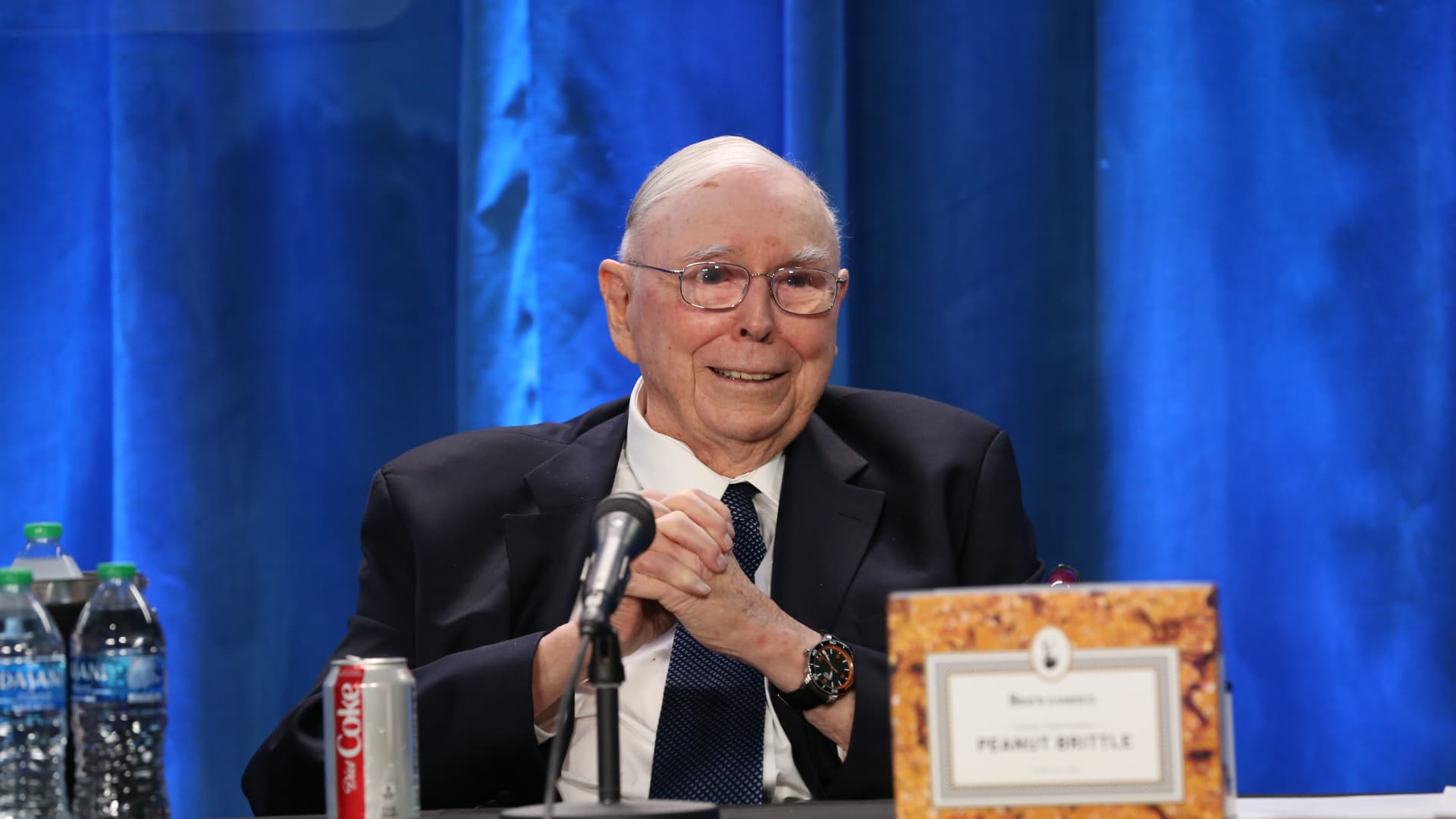Decoding the Rare Earth Panic: Emotion vs. Economics

Markets have a way of turning calm seas into sudden storms.
One moment, the sky is clear — blue, bright, and steady. The next, thunder rolls, the wind picks up, and waves crash against everything in sight. But just as quickly as it begins, the storm fades, leaving behind calmer waters… and, often, the best fishing of the season.
That’s exactly what happened on Friday.
While I was buckling seatbelts for a quick family getaway — my daughter’s first fall break from kindergarten — President Donald Trump decided it was the perfect time to unleash a political tempest.
A few fiery words about tariffs and China later, and the markets were soaked in red. Stocks endured their worst downpour since April. Tech was hit hardest — the very companies leading the AI Revolution saw billions in market cap washed away in hours.
But just like a summer storm, it looked worse than it was.
We’ve seen this pattern before. A sharp headline, a spike in fear, and a flood of emotional selling, only for blue skies to return days later. It’s the same story we saw back on “Liberation Day,” when Trump’s tariff tantrum rattled markets… then disappeared just as fast.
And if you zoom out even further, history has seen this movie play out time and again.
In 1901, Wall Street was rocked by what became known as the Panic of 1901. Two titans — E.H. Harriman and J.P. Morgan — were locked in a bitter battle over the Northern Pacific Railway. A niche corporate feud spiraled into one of the first great financial panics of the 20th century.
Investors dumped stocks, margin calls piled up, and chaos spread far beyond the rails. But when the dust settled, nothing had actually broken. The economy was fine. The panic was emotional, not structural. Within weeks, markets rebounded and kept climbing.
That episode is a timeless reminder: markets rarely crash on logic — they crash on feeling.
And right now, just like 1901, we’re living through another emotional overreaction; this time centered on rare earths and AI.
The good news? When emotion drives the storm, logic drives the recovery.
And that makes this panic the kind of moment long-term investors wait for — a fleeting burst of fear in a bull market built on unstoppable fundamentals.
Rare Earths and Emotion-Driven Markets
Let’s cut through the noise. The real story here isn’t Trump’s tweetstorm — it’s rare earths.
Rare earth metals are the unsung heroes of the modern economy. They’re essential for semiconductors, EVs, clean energy, defense systems… and most of all, for artificial intelligence.
No rare earths, no AI hardware. No AI hardware, no AI Boom.
And right now, China controls nearly the entire global rare earth supply chain — from mining to refining to processing. That’s a strategic chokehold, and the U.S. knows it.
Trump knows it, too. His administration has been pouring money into building a domestic rare earth supply chain — an effort to loosen China’s grip.
Beijing noticed.
Last week, China tightened export controls on rare earths, effectively firing a warning shot across America’s bow.
Trump didn’t take it well. He lashed out — threatening 100% tariffs on Chinese imports.
Markets panicked. Stocks tanked. The Dow, Nasdaq, and S&P 500 all had their worst day since spring.
But then, just as quickly, Trump backed off. Over the weekend, he said “all will be fine,” promised to “work it out,” and even added that America “wants to help China.”
That’s the cycle — emotion, reaction, correction.
This wasn’t about trade policy. It was about ego and emotion.
Why the AI Boom Rolls On
Here’s the truth: neither side wants a real rare earths war.
The U.S. can’t afford higher costs for AI chips and EV batteries. China can’t afford to alienate its biggest customer. Trump doesn’t want markets in freefall. Xi Jinping doesn’t want his export engine stalling out.
So what happens next? The two sides talk. Trump is already de-escalating. China will follow. Trump and Xi meet later this month.
They’ll announce something — a licensing deal, a phased export quota, maybe even a cooperative supply agreement. But whatever it looks like, it won’t be the all-out war Friday’s headlines screamed about.
Now, let me be crystal clear: I do believe a black swan event will eventually end this AI Boom — maybe within the next one to two years. Something unexpected, something systemic.
But this? This isn’t it.
A rare earth spat and a few fiery tweets aren’t enough to derail the biggest technological transformation of our lifetimes.
The forces driving the AI Revolution are structural, not sentimental.
Corporate America is still investing hundreds of billions into AI data centers. Governments are still racing to build AI capabilities. AI models are still improving exponentially.
The adoption curve is steepening — not slowing.
The AI Boom rolls on.
So What Do We Do?
Simple: Buy the dip.
Friday’s selloff was sharp, but it wasn’t meaningful. Great companies with real AI exposure saw their shares fall off a cliff — not because their businesses changed, but because headlines did.
That’s opportunity.
Moments like these are where the smart money steps in.
We saw the same setup back in April. The panic looked real. The headlines screamed “collapse.” And then the market came roaring back — taking our breakout stocks along for the ride.
These dips are gifts.
They’re emotion-driven markdowns in the middle of a generational bull market.
So, what should you do?
Buy the best. Buy the leaders. Buy the innovators. Buy the infrastructure names powering the AI Revolution.
But here’s the catch…
In times like these, it’s not enough to simply “buy and hold.”
You need a system that can adapt in real time — one that thrives on volatility instead of fearing it.
That’s exactly what my colleague Keith Kaplan and his team at TradeSmith have built.
It’s called The Super AI Trading System — a fully automated portfolio designed to identify the five highest-conviction trades in the market at any given moment… and execute them with up to 85% historical accuracy.
This system reacts instantly to market turbulence, turning every shock, tweet, or tariff tantrum into an opportunity to buy low and sell high.
In backtesting, it averaged 374% annualized returns over the past five years — through pandemics, crashes, and political firestorms.
Today, in just an hour, at 10:00 a.m. Eastern, Keith will pull back the curtain on the entire system during The Super AI Trading Event.
If you’ve ever wanted to turn volatility into an advantage — not a setback — this is the moment to learn how.
Bottom Line
Friday’s selloff was emotion, not economics; Pure noise, with a lot of bark but no bite.
The AI Boom is still intact — and the best investors will use this volatility to build even stronger positions for the next leg higher.
So while Trump tweets and markets wobble, stay focused on the signal, not the noise.
And remember: in markets like these, emotion creates chaos. Systems create wealth.









